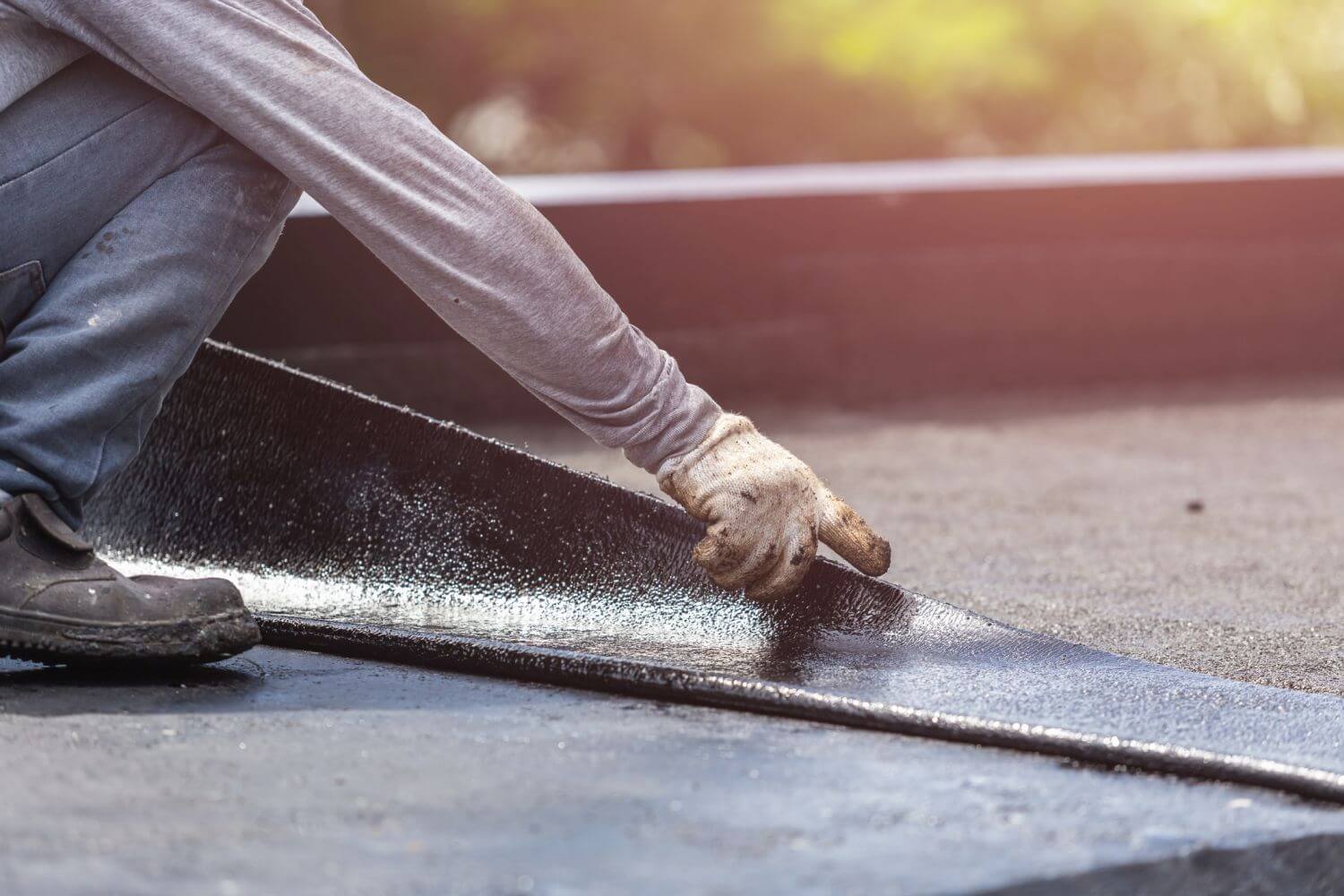As storm season draws near, it's essential to ensure your rooftop is ready to face severe weather conditions is crucial for protecting your house. A well-maintained roof not just protects your family and belongings from rain, gales, and blizzards but also contributes to your home's value. Preparing your roof for the storm season demands meticulous attention to its existing state, components, and possible weaknesses that severe weather may exacerbate.
In this post, we will discuss essential steps to prepare your roof for storm season, including recognizing the right time it's necessary for a roof replacement and grasping the significance of routine inspections. We will discuss typical roofing issues that can arise during storms and consider whether you should consider do-it-yourself repairs or hire a contractor. By arming yourself with this information, you can take proactive measures to safeguard your home against unexpected weather challenges.
Essential Roof Maintenance for Storm Season
As severe weather period approaches, it is important to ensure your roof is in optimal condition to withstand severe weather. Begin with a comprehensive inspection of your roof. Look for absent shingles, signs of deterioration, and any areas that may be susceptible to leaks. Check for debris buildup in gutters and downspouts, as obstructed drainage can lead to water overflow and damage. Regular inspections not only identify potential problems early but also allow you to address maintenance needs before the storms hit.
Next, consider the critical nature of maintaining proper attic ventilation. Adequate ventilation helps to regulate temperature and humidity levels in your attic, reducing the risk of condensation, mold growth, and ice dams during cold weather. Ensure that your vents are clear and functioning properly. Improving attic ventilation can prolong the life of your roof, enhancing its ability to endure harsh weather conditions and minimizing the potential for weather-related damage.
Finally, take the time to conduct necessary repairs. If you notice any issues during your inspection, it is best to handle them without delay to avoid more extensive damage later. Whether it involves replacing missing shingles or sealing small leaks, addressing these concerns ahead of storm season is an commitment in your roof's longevity. If repairs seem daunting, consider consulting a professional roofer to perform the necessary work, ensuring that your roof is well-prepared to face the impending storms.
Selecting the Right Roofing Option
Opting for the best roofing option is vital for securing the durability and strength of your house. Various materials come with diverse lifespans, upkeep requirements, and aesthetic options. Bitumen tiles are a common option due to their low price and ease of installation, while aluminum roofing offers greater durability and energy performance. For those desiring a traditionally traditional look, ceramic roofs can deliver both beauty and longevity, although they may come at a more expensive cost.
When evaluating roofing materials, it's also important to factor in the weather conditions of your region. For example, homeowners in regions prone to intense rainfall and severe weather may benefit from options that can resist extreme climatic elements, such as metal roofing or ceramic roofing. On Affordable roofing Kearney , areas with temperate climates might find asphalt shingles to be adequate. Additionally, comprehending the thermal efficiency of various materials can assist you reduce on heating and cooling expenditures over time, making it a vital consideration in your choice criteria.
In conclusion, do not overlook to factor in the environmental impact of your roof decisions. Green roofing options, such as solar roofing or sustainable materials, are growing popular among homeowners aiming to reduce their carbon footprint. The appropriate roof covering material not just beautifies your property's facade and safeguards it from the weather, but also helps to eco-friendly practices efforts that support the larger community.
Preparing for Roof Installation and Restoration
When preparing for roof installation, the initial step is to examine the present condition of your roof. Conduct a thorough inspection to detect any visible signs of deterioration, such as absent shingles, leaks, or sagging. Look for sections that may require prompt attention and use this information to ascertain whether a complete roof replacement or just repair work is necessary. Knowing when it’s the right moment for a new roof is critical, as waiting too long can lead to more extensive damage and greater repair costs.
Once you have a clear understanding of your roofing needs, the next step is to select the appropriate roofing material for your home. Different materials come with diverse lifespans, costs, and benefits. Investigate options like asphalt shingles, metal roofing, and tile roofs to find the best fit for your aesthetic and budget. It’s also important to consult a professional roofing contractor who can provide recommendations based on your particular circumstances, including the effect of local weather conditions on your roofing choice.
Finally, preparing your home for the installation process is vital. Clear the area surrounding your home of any debris and move vehicles and outdoor furniture to avoid potential harm during the project. Ensure clear access for the roofing crew and equipment. By understanding what to expect during a roof installation, homeowners can minimize disruptions and ensure a efficient process. With proper planning, you will not only protect your investment but also extend the life of your new roof.

